Turning 40 in Vienna: Art, Castles & Fairy Tale Views in Austria
- Stefanie Carson
- Aug 31, 2024
- 7 min read
When I thought about how I wanted to spend my 40th birthday, one place kept calling to me: Vienna, Austria. A city steeped in art, elegance, and history—and the perfect jumping-off point for a side trip to the storybook village of Hallstatt. From bold museums to mountain streams, this trip was equal parts magic and meaning.
Spirals, Color, and Creative Energy at KunstHausWien
We kicked off the trip at KunstHausWien, home to the imaginative world of Friedensreich Hundertwasser—and honestly, it felt like the perfect place to begin a creative journey through Vienna. The building itself is a visual experience, with its quirky architecture, mismatched tiles, and vibrant curves that feel alive in their own right.
Hundertwasser’s use of spirals really stuck with me. He saw them as a symbol of life’s continuous journey—creation, growth, and transformation unfolding in an endless, organic rhythm. It’s a reminder that art (and life) doesn’t move in a straight line, and that’s exactly what makes it beautiful.
Chasing Klimt Through Vienna
One of the main reasons I wanted to visit Vienna was because it’s the city that shaped—and was shaped by—one of my favorite artists, Gustav Klimt. His bold, gilded, and emotionally charged work has always resonated with me, and the chance to see it in the city he called home felt like a creative pilgrimage.
We dedicated the entire day to exploring the Belvedere complex, which includes Lower Belvedere, Upper Belvedere, and Belvedere 21—each offering a unique perspective on Austria’s rich artistic legacy.
The Upper Belvedere
A stunning baroque palace perched above sculpted gardens, holds the world’s largest collection of Gustav Klimt paintings, including some of his most iconic masterpieces. The highlight, of course, was seeing The Kiss in person. I’ve seen it in books and online more times than I can count—but standing in front of it, watching the gold shimmer and the texture leap off the canvas, was an entirely different experience. It was intimate, emotional, and absolutely unforgettable.
Beyond Klimt, the Upper Belvedere houses an incredible range of work that spans eras and styles. A few pieces that stood out to me were Napoleon Crossing the Alps by Jacques-Louis David, which is every bit as commanding as you'd expect in person; Edvard Munch’s Bathing Men—unexpectedly soft and vulnerable; and Max Beckmann’s Reclining Woman with Book and Irises, which felt quiet and contemplative. I was also drawn to Lilly Steiner’s Baroque Composition, with its rich texture and movement, and Fernand Khnopff’s haunting Vivien, which carried a dreamy, mythic presence. The variety made it clear that the Belvedere isn’t just Klimt’s domain—it’s a celebration of artistic evolution.
We ended the day at Belvedere 21, the museum’s sleek contemporary art space. The shift in tone—from ornate palatial galleries to bold modern installations—was striking, and honestly, the perfect way to close out a day that was all about art in dialogue across time.
The Lower Belvedere
After transcending through the Upper Belvedere and wandering the beautiful formal gardens, you arrive at the more intimate and atmospheric Lower Belvedere. Once the residential palace of Prince Eugene, the space now hosts rotating exhibitions that feel more experimental and emotionally charged.
Some of the pieces that stood out included Broncia Koller’s Sitting (Seated Nude Marietta) (1907), a quiet and expressive portrait filled with softness and strength; Silvia Koller with Birdcage (1907–08), a piece layered with subtle symbolism; and Franz von Zülow’s The Devil’s Elixir (1921), which was dark, detailed, and full of visual intrigue.
The Lower Belvedere offers a slower pace and a deeper dive into Austria’s artistic storytelling—a thoughtful complement to the grandeur of the Upper palace.
A Private Look at Secessionist Art at the Wien Museum
We woke up bright and early to make it to the Wien Museum right as it opened—and it absolutely paid off. We were rewarded with what felt like a private tour of one of the most compelling exhibits I’ve experienced: Secessions: Klimt, Stuck, Liebermann.
The exhibit at the newly reopened Wien Museum was all about the secessionist movements in Vienna, Munich, and Berlin, where artists like Gustav Klimt broke away from the traditional art world to create more freedom and new forms of expression. It was so interesting to see how that shift helped shape modern art as we know it. I was especially thrilled to see some of Klimt’s early masterpieces up close, including Pallas Athene (1898), Nuda Veritas (1899), Portrait of Sonja Knips (1899), and Portrait of Emilie Flöge (1902). The museum itself was beautiful—modern, quiet, and the perfect spot to take it all in.
Morning at Schönbrunn Palace
We started the day at Schönbrunn Palace, and it was every bit as grand and regal as I’d imagined. From the sweeping staircases to the perfectly manicured gardens, everything about it felt like stepping into a royal daydream. The light was perfect for photos, and I found myself constantly stopping to capture the symmetry, textures, and rich architectural details.
Whether you’re into history, design, or just soaking in beautiful spaces, Schönbrunn offers a little bit of everything. I could’ve spent all day wandering its corridors and hidden corners, camera in hand.
An Afternoon at the Leopold Museum
That afternoon, we headed to the Leopold Museum. While it wasn’t my favorite stop on the trip, it still held a few powerful moments that stood out.
The biggest highlight was seeing Gustav Klimt’s Death and Life (1908) in person. The contrast between the swirling, vibrant imagery of life and the dark stillness of death was even more moving in real life than I expected.
I also spent time with Egon Schiele’s Self-Portrait with Raised Bared Shoulder (1912)—raw and vulnerable in a way only Schiele can be—and Koloman Moser’s Lovers (c. 1914), which felt bold, graphic, and emotionally charged.
Even if the museum didn’t fully resonate with me as a whole, these works made the visit well worth it.
Arriving in Hallstatt: Straight Out of a Fairy Tale
After about a three-hour train ride west toward Salzburg, we arrived at the Hallstatt train station. From there, a quick 10-minute ferry ride took us across the lake—and the moment we stepped off the boat, it felt like we’d been transported into a storybook village. Think Arendelle from Frozen—only real. The town is impossibly picturesque, with alpine houses nestled between the water and towering mountains.
We spent the day wandering the waterfront and narrow streets, passing blooming gardens, adorable local shops, and swans gliding across the glassy lake like they were part of the scenery.
Our hotel felt like something out of a fantasy novel. The rustic cottage was built into the side of the mountain, and the bathroom literally had a stream trickling through the rock wall. Outside our window? Another stream rushing just past the cottage. It was peaceful, surreal, and without question one of the most unique places we’ve ever stayed.
Touring the Historic Salt Mines of Hallstatt
The following morning, we took a tour of the Salzwelten Hallstatt Salt Mine—one of the oldest salt mines in the world. With underground slides, tunnels, and a panoramic view over Hallstatt, it was a quirky and fun way to spend some time in the mountains.
Lake Views & Painted Skulls: Hallstatt’s Unexpected Moments
After our salt mine tour, we still had a few hours left to explore Hallstatt before catching the train back to Vienna. We made the most of it with a boat tour around Lake Hallstatt, taking in 360° views of the valley surrounded by towering mountains. Seeing the town from the water gave us a whole new perspective—and even more appreciation for just how breathtaking this place is.
One of the most surprising and unforgettable stops was the Hallstatt Ossuary (Beinhaus), located in St. Michael’s Chapel. Dating back to the 12th century, this tiny space holds over 600 hand-painted skulls, some as recent as the 20th century. Due to limited burial space in the town’s cemetery, bones were exhumed after 10–15 years, cleaned, and beautifully painted with names, dates, and floral motifs to preserve the identity of the deceased. It’s a haunting yet deeply human tradition—equal parts eerie and beautiful.
It was haunting and beautiful all at once—an unexpected blend of art, tradition, and remembrance that added a deeper layer to our visit.
Catch the full Hallstatt experience in my recap reel on Instagram—including exclusive behind-the-scenes moments I didn’t photograph!
Golden Hour at Stephansplatz & Dinner at DO & CO
We spent the late afternoon strolling around Stephansplatz, taking in the bustling square and admiring the intricate details of St. Stephen’s Cathedral from every angle. As the sun began to dip, the stone façade started to glow, casting long shadows and adding even more drama to the Gothic architecture.
As golden hour turned into evening, we made our way up to DO & CO, a chic rooftop restaurant overlooking the square. Dinner felt like an experience—incredible food, perfectly plated, with a view that just kept getting better as the sky shifted from soft pastels to deep blue.
After dinner, we took one last lap around the square, this time seeing St. Stephen’s illuminated in the dark, its towers glowing against the night sky. The contrast from day to night was striking, and it made the perfect ending to a beautiful evening in the heart of Vienna.
One Last Look at Vienna
As our trip came to a close, we made sure to start our final full day at the iconic Café Central. The grand arches and intricate details of the space mirrored the precision of the flaky pastries and expertly poured lattes—a perfect balance of form and flavor.
Caffeinated and determined to soak up every last moment, we spent the day souvenir shopping and wandering through Vienna’s vibrant streets, letting the city surprise us one more time. Somewhere along the way, we made a stop at what quickly became Kyle’s favorite coffee spot—Barista United—for one last recharge.
To close out the day, we hopped on a sunset rooftop bus tour that looped around the city’s perimeter. As the sky turned golden and Vienna’s skyline passed by, it gave us the perfect final glimpse of the city that had filled our days with art, history, beauty—and just the right amount of magic.












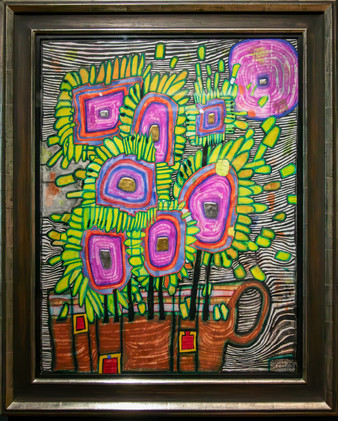



















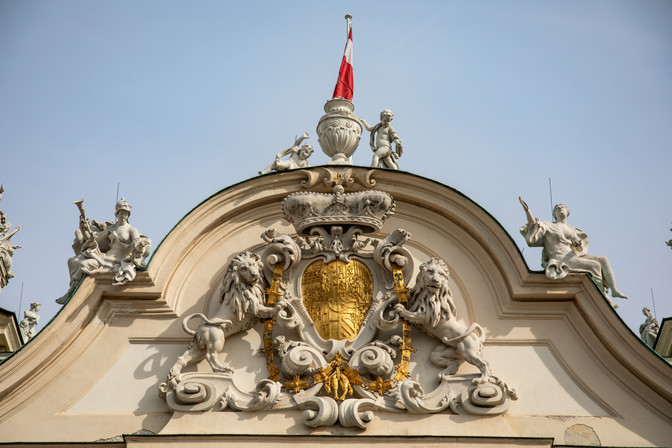





















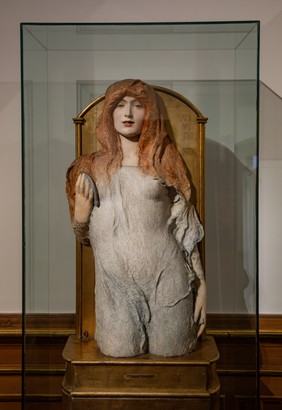
















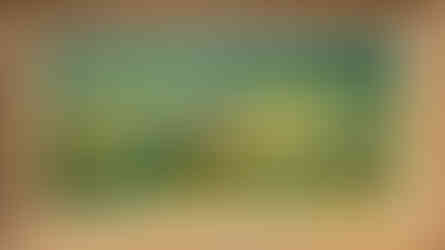































































































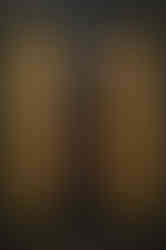


















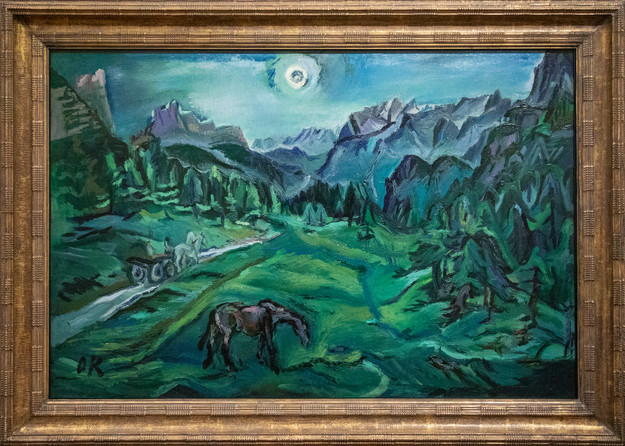





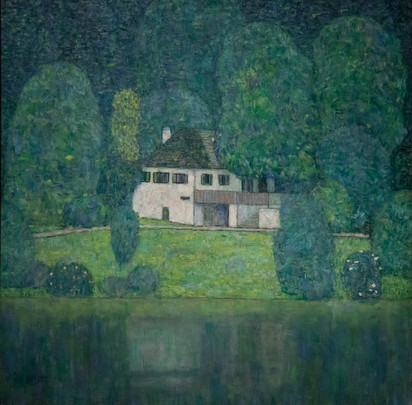

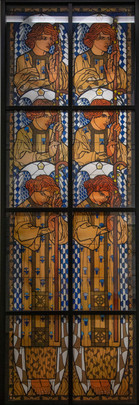











































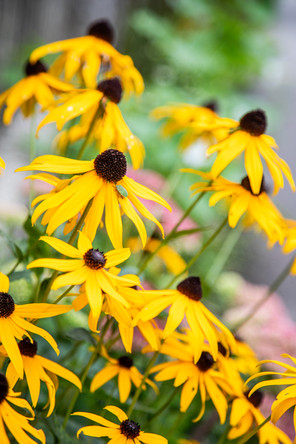































































































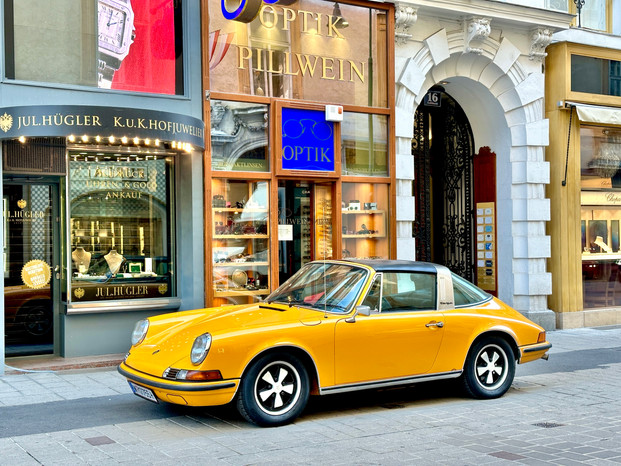





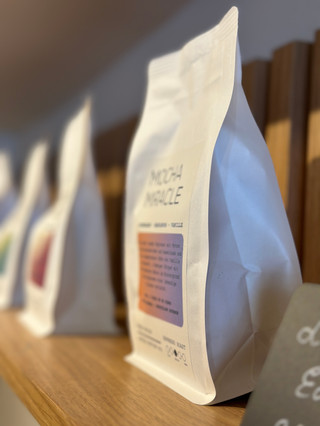







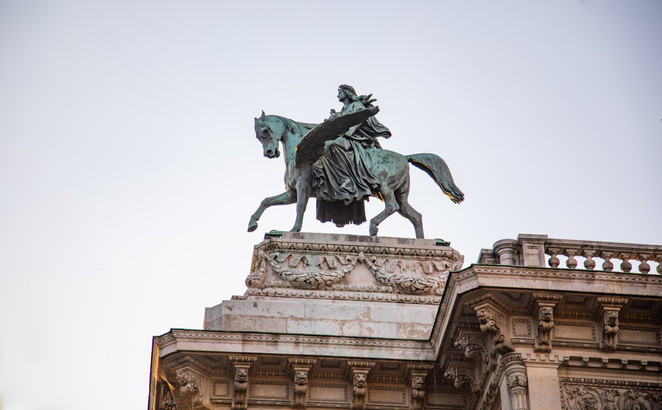
































ความคิดเห็น